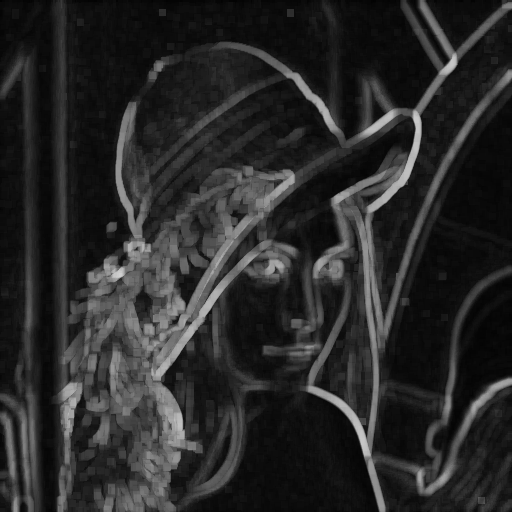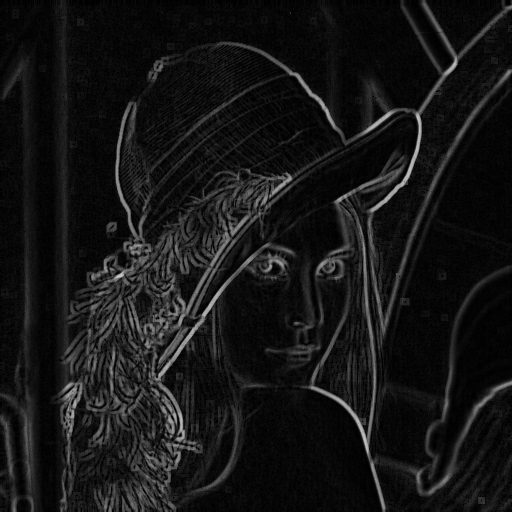Morphological Gradients
Include <mln/morpho/gradient.hpp>
-
Image{I}
image_concrete_t<I> gradient(I f, StructuringElement se) -
Image{I}
image_concrete_t<I> external_gradient(I f, StructuringElement se) -
Image{I}
image_concrete_t<I> internal_gradient(I f, StructuringElement se) Compute the morphological gradients. Morphological gradients are operators enhancing variations of pixel intensity in a neighborhood determined by a structuring element. Three combinations are currently used:
arithmetic difference between the dilation and the erosion; this is basic morphological gradient, also called Beucher gradient.
\(\rho_B = \delta_B - \varepsilon_B\)
arithmetic difference between the dilation and the original image; also called external gradient:
\(\rho_B^{+} = \delta_B - \mathrm{id}\)
arithmetic difference between the original image and its erosion; also called the internal_gradient:
\(\rho_B^{-} = \mathrm{id} - \varepsilon_B\)
If input is not integral, the marginal ordering is considered and the 𝑙₂ of the vector difference is returned:
\(\rho_B = \left| \delta_B - \varepsilon_B \right|\)
- Parameters:
f – Input image 𝑓
se – Elementary structuring element.
- Returns:
An image whose type is deduced from the input image.
- Precondition:
- Exception:
N/A
Example 1 : Gradient by a square on a gray-level image
#include <mln/morpho/gradient.hpp>
#include <mln/core/se/rect2d.hpp>
// Define a square SE of size 7x7
auto input = ...;
auto rect = mln::se::rect2d(7,7);
auto grad1 = mln::morpho::gradient(input, rect);
auto grad2 = mln::morpho::internal_gradient(input, rect);
auto grad3 = mln::morpho::external_gradient(input, rect);

|

Beucher (thick) gradient |

Internal gradient |

External Gradient |